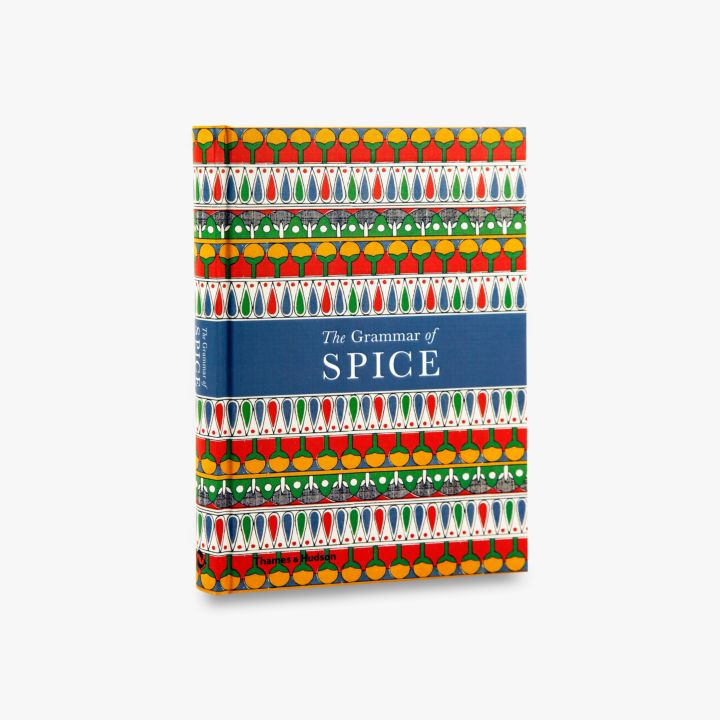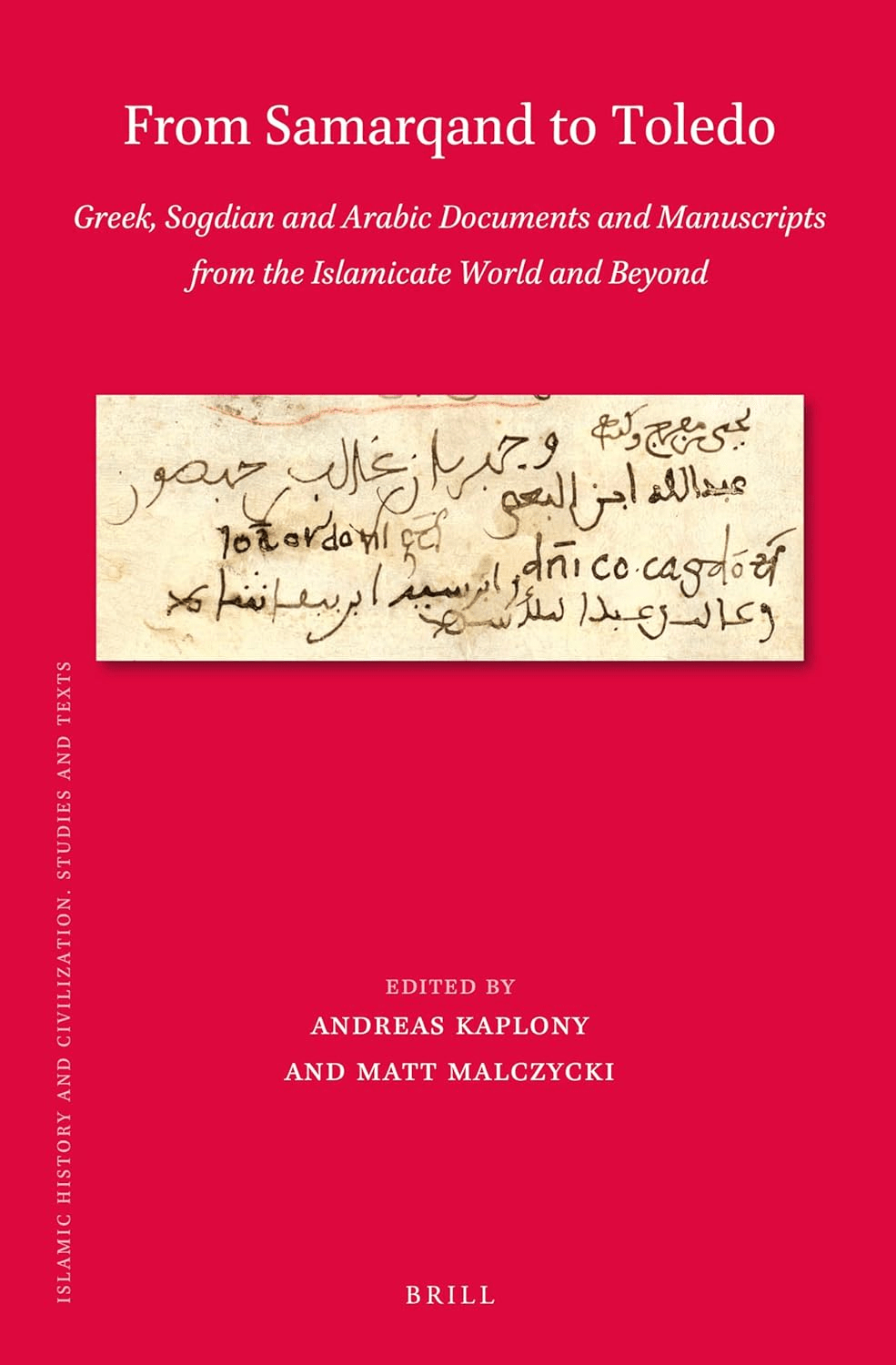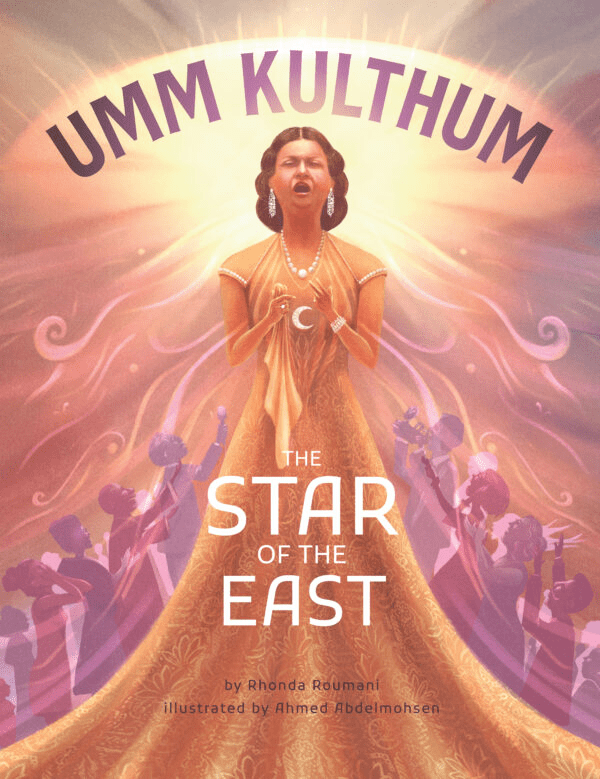
The Grammar of Spice
Tom Verde
Caz Hildebrand
2017, Thames & Hudson, 978-0-50051-967-7, £16.95 hb.
If every picture tells a story, so does every spice, as this enlightening and handy (all entries include menu suggestions) volume points out. Medieval Arab merchants made a fortune shipping nutmeg from Banda Islands—part of today’s Indonesia—“to cater to the luxurious tastes of European aristocrats,” writes Hildebrand. Sailors approaching Banda reportedly smelled the spice “before they even saw the islands.” Ginger will make fish “flock to the hook” when its juice is applied to bait, according to fishermen’s lore. Carob is also known as St. John’s bread, after John the Baptist, whose puzzling diet of locusts and wild honey may have really consisted of the pods “also known as locust beans.” Molasses made from carob remains “a traditional sweetener in the Levant.”
You may also be interested in...

Old Documents Shed New Light on History in Book Connected to Ancient Islamic World
The painstaking work to recover history—one page at a time—is on brilliant display in this collection of essays focusing on early Arabic, Coptic, Greek, Hebrew, Latin and Sogdian manuscripts.
Children’s Book Documents Rise of Umm Kulthum, Egypt’s Star of the East, As Declaration of National Identity
Illustrator Rhonda Roumani presents an illustrative biography of legendary Egyptian singer and cultural icon Umm Kulthum.